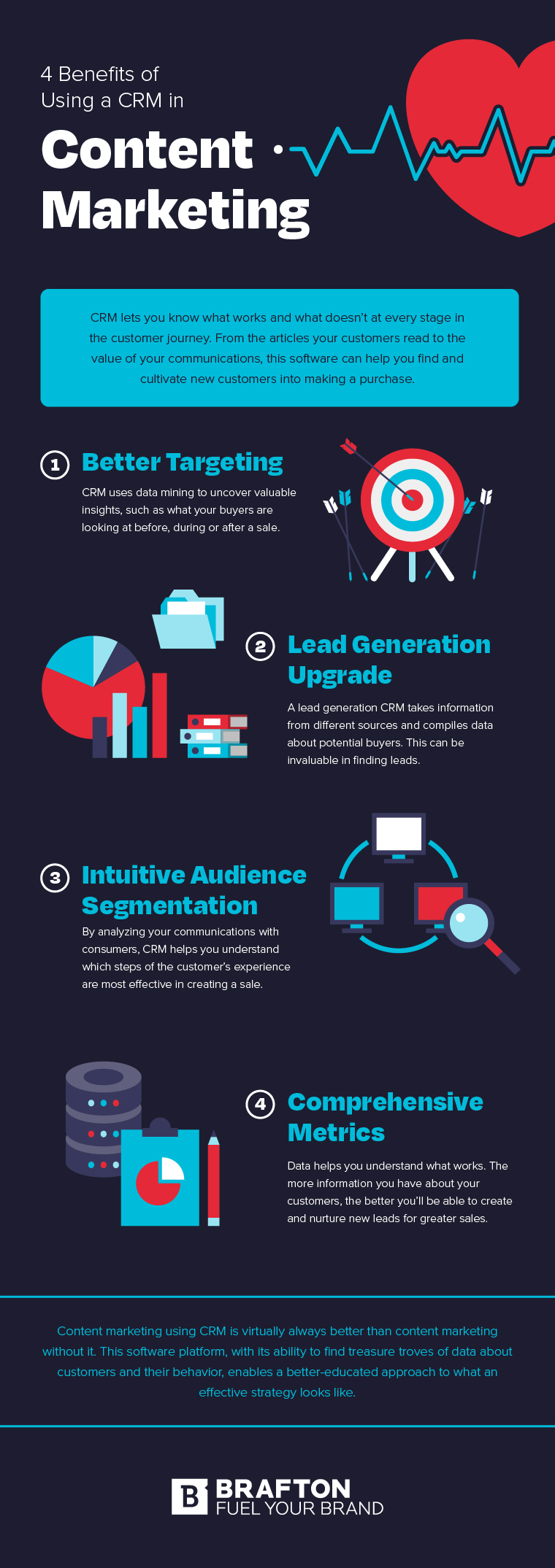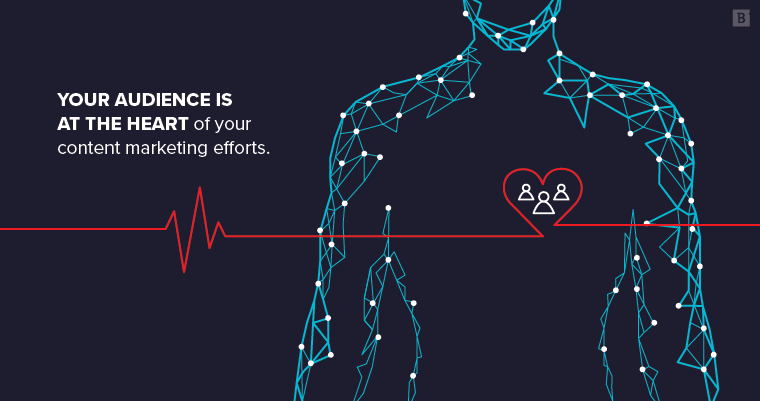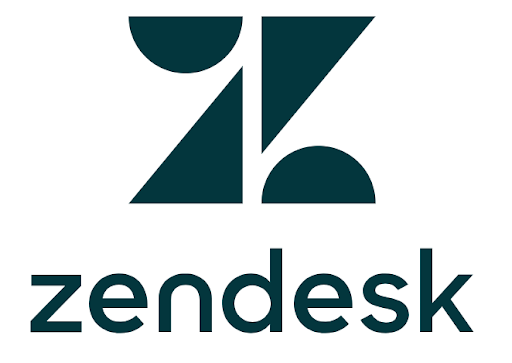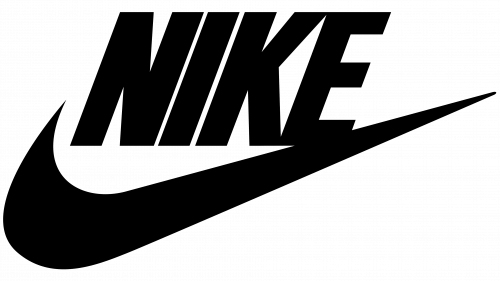Your target audience is at the heart of all your content marketing efforts, which means the CRM (customer relationship management) system you use to keep track of all your consumer data plays a vital role in keeping the blood flowing. In marketing terms, that means results like boosting your sales process, improving lead generation and increasing customer retention.
CRM systems are staples in the sales world, namely because they keep track of all the leads that have the potential to become customers. But, who says you can’t use your company’s CRM for content marketing purposes, too? Not us. In fact, we encourage — nay, demand — it.
But, what is a CRM, and what are some examples, you may ask? We’re here to tell you.

Refresh: What’s Customer Relationship Management?
A CRM is a centralized home for all your customer details, including who they are, how you can contact them, what the typical sales process looks like, and how consumers interact with your content during each sales funnel stage.
More than storing customer data, employing a CRM strategy as part of a marketing campaign allows companies to analyze the information for a strategic understanding of customer needs and preferences, as well as learning how to respond with targeted content and sales activities. This covers providing the products and services that meet demands, cross-selling more effectively, offering improved customer service and creating more relevant content.

Plus, when all your team members have a solid understanding of the audience to date, there won’t be any hiccups or loose ends when continuing conversations with customers. This facilitates a fluid customer journey, ensuring consumers feel like they’re talking to one united company rather than several individuals who don’t seem to be on the same page.
With increased revenue, more lead conversions and better customer retention and satisfaction rates, the results of CRM-driven sales and marketing efforts are plainly favorable.
Subscribe to
The Content Marketer
Get weekly insights, advice and opinions about all things digital marketing.
Thank you for subscribing to The Content Marketer!
How Your CRM Can Yield Content Marketing Results
The harsh reality for us marketers is that without CRM technology, our digital content strategies will miss out on a large chunk of influential data. And, the results of that data are well worth the investment. Cases in point:
Better Targeting
A CRM houses detailed information about consumers that can inform more refined buyer personas, meaning your targeting efforts will get a serious upgrade. CRM tools make it possible for you to perform data mining to appreciate which consumer behaviors correlate with certain types of content.
CRM tools make it possible for you to perform data mining to understand which consumer behaviors correlate with certain types of content.
More than identifying the pages with the most views, data mining allows you to answer deeper questions, such as which articles customers read before, during or after making a purchase, whether repeat customers engage with your content or which content leads certain customers to make buying decisions.
Lead Generation Upgrade
Your CRM can also work wonders for your lead generation efforts. A lead generation CRM can assist your business with generating new leads. As the potential customers come rolling in, your CRM helps you organize, track and nurture prospects throughout the sales funnel. The software can pull data from several online sources, ensuring you always have the most up-to-date information on potential buyers.
Intuitive Audience Segmentation
Many CRM tools have automated segmentation capabilities to help you group your communication efforts and prioritize the most promising leads. They’ll also automatically track all your interactions with would-be consumers, from answering a sales call to reading a blog, so you know how close customers are to converting. The insights can also help predict behavior throughout the customer journey and suggest how viewers may respond to certain messaging to help you improve future lead-generation campaigns.
Comprehensive Metrics
From a measurement perspective, CRM data paints a clear picture of how your content and other marketing efforts impact the sales process. Plus, you can see a full-scale view of every customer interaction to better understand each phase of the consumer-facing experience. Such intel can inform the next stages of an even more compelling and relevant content strategy. This is also where your marketing team begins to align its initiatives more cohesively with the sales team and vice versa.
CRM data paints a clear picture of how your content and other marketing efforts are impacting the sales process.
6 CRM Marketing Examples
Ready to see CRM software and systems in action? Of course you are. Here are some CRM marketing examples that prove their worth:
2. Boosting Customer Retention
Housing all the customer information your team needs to know about your audience, CRM software can support marketing initiatives to develop long-term relationships with your customer base. Many businesses do this with customer loyalty programs.
For example, the British grocery and general merchandise retailer Tesco developed a customer relationship marketing strategy that called for driving customer retention with one of the most successful loyalty programs in the retail industry. It’s called the ClubCard, and it offers shoppers opportunities to earn points not only at Tesco but also at partner companies, such as gas stations, hotels and car rentals. There’s a club for everyone: Tesco Kids, Baby and Toddler, Healthy Living and World of Wine, to name a few.

The targeted segments and messaging came straight from the insights gathered in the company’s CRM. The targeting continues in other forms, such as the quarterly mailer. Tesco sends out over four million versions to ensure the discounts, offers and messages resonate with the recipients.
What’s more, Tesco used analytics gathered from ClubCard memberships and comment cards to create new product offerings, such as the Healthy Living line of low-fat and low-sodium options and Free From products for shoppers with dietary and health restrictions.
By using shopping patterns to inform marketing and retail programs, Tesco successfully boosted customer satisfaction and loyalty – and left them hungry for the store’s next move to improve the shopping experience.
2. Supporting the Sales Process
Digital breakthroughs in e-commerce changed the customer journey for good, leaving retailers in a position to revamp their sales processes to account for the online component of their shoppers. Take adidas, for example. The brand with the iconic three stripes realized that more of their customers were starting their journey online and invested in CRM technology to facilitate a digital transformation.

One solution was to increase online customer support, with their CRM system empowering 1,100 care agents to deliver fast, personalized service via phone, email, web and social platforms. CRM data further revealed detailed information about individual customers, allowing adidas to develop new products based on consumer needs and preferences. The brand’s CRM technology even powers a digital interface that allows shoppers to design custom products.
With a consumer-centric, digital-first strategy, adidas experienced record-breaking growth, including a 59% increase in global e-commerce profits that amounted to about €1 billion in online sales. The win was even sweeter, considering the brand experienced such growth at a time when the retail industry was on the struggle bus.
Another sporting goods retailer, Orvis, brought the digital experience to the brick-and-mortar world. The company stocked its stores with digital tablets pre-installed with CRM and e-commerce tools. Employees can search through inventory and complete online and in-store purchases without ever leaving the customer’s side on the shop floor. All the while, the CRM records customer shopping habits, purchase history and other information. The marketing team then uses that data to send individual customers more personal offers and emails based on their previous actions.

This practice of infusing data into the sales process is no longer revolutionary, but more so a necessity for companies to retain a competitive edge in their respective industries. The more targeted, individualized and effective your message, the more likely you are to attract consumers and make the sale.
3. Personalizing Customer Experiences
Businesses can gather and analyze customer data about their consumers, such as their:
- Product preferences
- Buying behaviors
- Needs
- Contact details
- Purchase history
- Social media activity
- Customer feedback (such as ratings, reviews and testimonials)
Brands use this info to tailor their messaging and communications to better cater to their buyers. A stellar example of this is none other than Amazon. The delivery giant collects vast amounts of data on its customers’ browsing and purchasing behaviors, which allows them to create detailed customer profiles.

They use this information to provide customized product recommendations, targeted advertising and customized email campaigns. For example, when you visit Amazon’s website, you will see a “Recommended for You” section that showcases products based on your previous purchases and browsing history.
This cleverly keeps you in a purchasing loop, and this marketing strategy has significantly contributed to Amazon’s near-global monopoly in the e-commerce marketplace.
4. Tracking Customer Behavior
CRM also gives organizations the ability to track and analyze buyer interactions across various touch points such as phone calls, emails, social media and in-store visits. Companies can create a holistic view of the customer journey by capturing data about these exchanges.
Netflix is a fabulous example of tracking customer behavior. As you likely already know, the streaming service uses information about your viewing habits to create a tailored suggestion list based on what content it knows you like.

Not only is this data used to help users curate and optimize their library, but it also lets the company know what the most popular shows and films are so that they can push harder when marketing that specific content, creating a positive loop of viewing and recommendations.
5. Automating Customer Support
Similarly to using automation to personalize communications and the customer experience, CRM automation can also be used to help consumers with questions, compliments and complaints.
One way it does this is through ticketing systems. When customers reach out for support, CRM systems can automatically generate support tickets that help organize and prioritize customer inquiries, ensuring they’re addressed promptly and effectively.
Self-service options are another great use case. They integrate knowledge bases, FAQs and interactive chatbots within the CRM system. This allows customers to find answers to common questions and resolve basic issues on their own, providing the convenience we now demand.
For a real-life application, look no further than Zendesk. This customer service software platform was designed specifically to serve all the above services (and more). It’s become one of the most popular players in its respective market and is the commerce version of a household name.

6. Strengthening Social Media Presence
CRM can also use data to make itself known on its social platforms by listening and monitoring social media conversations. Brands can track mentions, comments and direct messages related to their products or services and use this to perform a bunch of the actions mentioned above.
Social CRM also helps identify and nurture brand advocates by spotting customers actively promoting their brand (organically and for free). Companies can engage with these promoters online and generate more visibility.
Nike is a prime case study. The sporting goods megacorporation runs over three hundred social media accounts across the biggest platforms (Instagram, Facebook, Twitter, etc.) for each of its subsidiary brands, like Nike Yoga and Nike Basketball. Each Instagram post has hundreds of thousands of likes and enjoys over half a million mentions a month. Now that’s leveraging social media at its finest.

How Marketers Can Implement Customer Relationship Management
As you may have noticed, automation is a recurring theme when it comes to CRM. And, indeed, it’s arguably the easiest way to carry out CRM processes. But, let’s be clear: While CRM and marketing automation serve similar purposes, they’re not quite the same thing.
The former directly impacts your department, helping you streamline, automate and measure marketing tasks, workflows and campaigns. You probably use it for tasks like segmenting your mailing lists and tracking email campaigns. The latter generally lives in the sales world, assisting with lead and customer management. However, the two work together to fill your head with telling audience insights that help you work your marketing magic.
Syncing data between your marketing automation solutions and CRM data is your best bet for achieving your overall CRM goals because it unites the sales and marketing teams to better communicate with your prospects and customers. Some CRM vendors even offer marketing automation solutions as part of the entire system package.
Great! But, how do you go about doing that in practice? What’s the overall process? Firstly, you need to define their CRM objectives and determine the specific outcomes you aim to achieve, such as improving customer satisfaction, increasing customer retention or driving revenue growth. This step helps guide the entire implementation process.
Next, you should select an appropriate CRM solution that aligns with your business needs and goals. Consider factors such as scalability, customization options, integration capabilities with existing systems and user-friendly interfaces. Your chosen one should effectively capture and manage customer data, facilitate analysis and support automation of marketing activities without being too complex for employees to handle.
Once your CRM tool is in place, you must ensure customer data collection is consistent across various touchpoints by integrating different data sources — such as website analytics, social media platforms, email marketing tools and customer service systems — into the CRM.
With information neatly bundled in one place, you’ve then got to segment your facts and figures to achieve the CRM benefits outlined above. To capitalize on the advantages of your CRM platform, you should establish clear processes and workflows by defining how customer data will be utilized, leads will be managed, customer interactions will be tracked and customer support inquiries will be handled.
Now you’re all set up to reap the rewards of CRM. But, implementation doesn’t stop there. Marketers should regularly evaluate key performance indicators (KPIs) related to customer acquisition, retention, satisfaction and revenue. This allows them to identify areas of improvement, optimize marketing strategies and make data-driven decisions to enhance the overall customer experience.
CRM Plus Content Marketing for the Win
The moral of this blog post is that your CRM gives you access to incredible insights about your audience, and you can use the data to empower your content strategy and creation. If you take away anything from that, let it be this: Don’t let the data go to waste! Wishing you the best of luck on your CRM-powered marketing endeavors.
We know that’s plenty of information, and there’s more where that came from. Sign up for our newsletter to get other valuable content specifically created to help you achieve even the loftiest marketing goals.
Editor’s Note: Updated July 2023.





